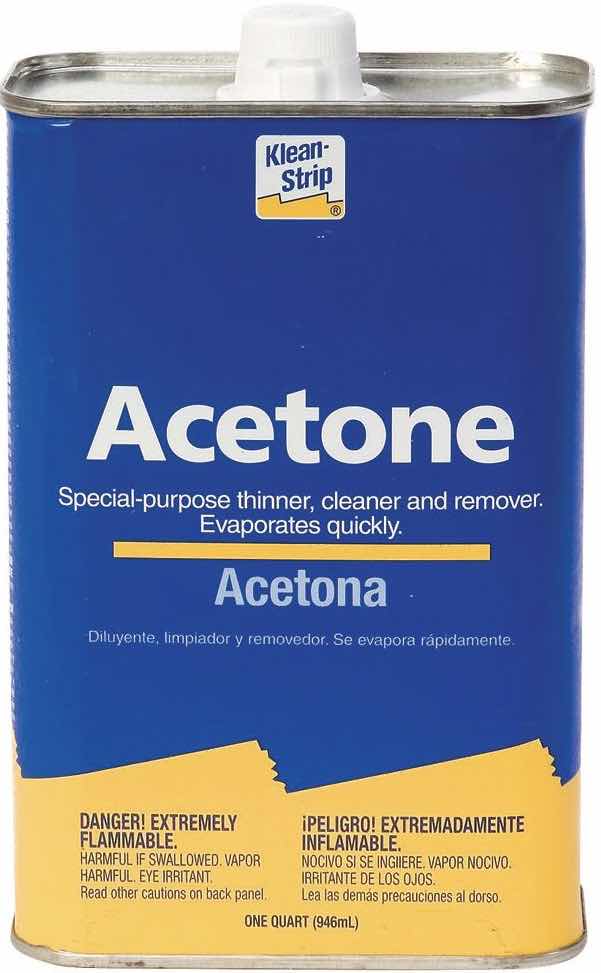This method cannot be used for wearable transfers or quilts because the glue will wash out.














Rabbit Skin Glue is available from Blick Art for $11.95/lb.

Methylcellulose is a vegan alternative to rabbit skin. It is also added as an emulsion stabilizer, pigment suspension agent, paint thickener and binder. It is used as sizing to treat fabric and used on paper to prevent watercolor absorption. Without pigment, it can be a clear liquid or thick gel. It's available from Dharma Trading for $15.95. Also sold as wallpaper paste at home improvement stores.

Parchment Paper is a heavy duty paper that is treated with an acid to make it grease and moisture resistant and then, coated with heat resistant silicone. King Arthur Flour sells pre-cut sheets (16-1/2x12-1/4") for $22.95/100 sheets.

Heat Press on Amazon for $189.99. Not necessary, but helpful in making heat transfers.
Titanium Dioxide is a pure white pigment that is water soluble. TKB sells 4oz for $8.00.
Canvas Transfers
Brush the non-silicone side of the parchment paper with several layers of glue, allowing it to dry between coats. If you want to print white or on dark fabrics, mix titanium dioxide with the glue before applying.
For white fabric or graphics without white, print a mirror image.
For graphics with white, print them right side up.
Apply the paper to the fabric, printed side down. Press using a heat press or on a hard surface using very firm pressure with a dry iron on the cotton setting for 1-5 minutes per section. Allow the fabric to cool completely before removing paper. Wait 24 hours before painting or varnishing. The fresher the glue is, the better this method will work.
Solvent Method
Solvent transfers require the use of a laser toner copy/printer machine. This method does not work with inkjet. Toner sits on top of the paper, whereas ink gets absorbed into the fibers. Coating the paper with methylcellulose to prevent absorption might work to make it compatible with an inkjet printer. If you have access to a toner printer, this is the best technique to use. It makes beautiful photo transfers on fabric, canvas, paper, wood and leather.

All of the tutorials on the Internet and YouTube call for the use of CitriSolv. However, it contains orange dye that will leave a cast on the finished work. Opt for pure D-Limonene. Get it on eBay for $7.99/4 oz. This is the same as Eco House Orange Terpene Solvent or CitriSolv without the orange dye.
Place a piece of wood beneath the fabric to be printed and secure with tape. Print a mirror image. Dip a foam brush into the solvent and remove the excess. Dab the brush on a towel. Position the paper onto the fabric, image side down and tape the top into place. Hold the image above the fabric and lightly brush on the solvent until you see the image through the paper. While holding the image, remove the excess with the towel. Carefully lower the paper onto the fabric and secure the opposite end with tape. Burnish the paper with the back of a metal spoon until the image is completely transferred. Remove the paper and allow the solvent to evaporate and dry. Heat set with an iron. I don't know if this method is wash fast without a sealant because I haven't tried it yet.
Line Transfer Paper


High quality tracing paper, any size or on a roll. Pro Art Tracing Vellum is available as an 8.5x11" pad and 1000H Clearprint Drafting Vellum is available as loose 8.5x11" sheets or roll.
Acetone or rubber cement thinner helps the transfer medium dye the fibers of the paper.

Hardwood Charcoal is a fine powder that is pure black for $2.95/2 oz.

Black graphite is available from Kama Pigment for $5.95/0.25 oz.
Calcium Carbonate is also called precipitated chalk or whiting. TKB sells 8 oz for $4.00.

Fluorescent Pigment sampler is $6.00 at TKB Trading.
Work in a well ventilated area and wear surgical gloves to keep your hands clean. Spoon a small amount of powder into a shallow tray. Use a cotton ball to moisten the tracing paper with thin layer of acetone. Dip the same cotton ball into the powder and rub it over the paper. Lay the paper on a flat surface, powder side up and allow to dry. Make two sheets and store them with the powder facing each other in a plastic sheet protector.



No comments:
Post a Comment